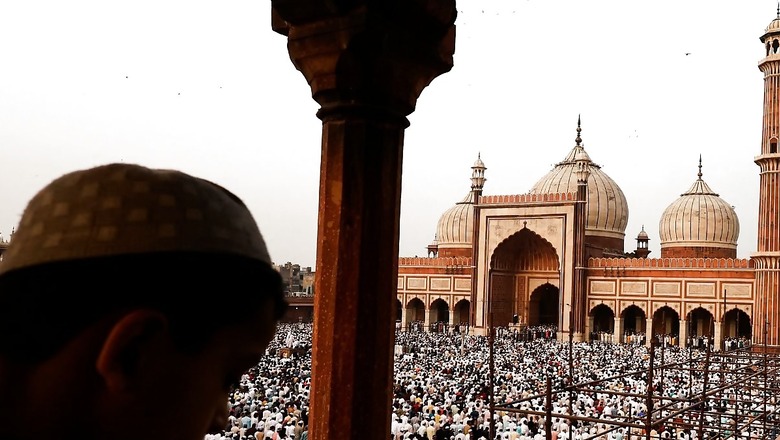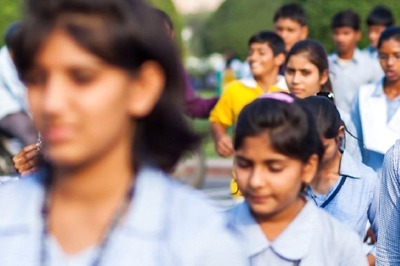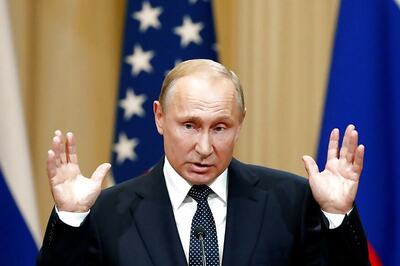
views
‘India is an inclusive democracy because its Hindu majority is secular to a fault’ – till now this oft-repeated quip was regarded as part polemic and part pop-sociology. Not anymore. Now it has transformed into an unshakeable fact.
Data furnished by a top economic panel proves that, at least in South Asia, countries with a Hindu majority are most tolerant and those with Muslim majorities the least.
A study prepared by the Prime Minister’s Economic Advisory Council (PM-EAC) covering a period of 65 years from 1950 to 2015 has established this.
The data recorded by the panel shows that in South Asia, “all Muslim majority countries witnessed an increase in the share of the majority religious denomination except the Maldives, where the share of the majority group (Shafi’i Sunnis) declined by 1.47 per cent”.
In Bangladesh, the study concludes “there was an 18 per cent increase in the share of the Muslim majority religious group, which is the largest such increase in the Indian subcontinent”.
In Pakistan, “there was an increase of 3.75 per cent in the share of the majority religious denomination (Hanafi Muslim) and a 10 per cent increase in the share of total Muslim population despite the creation of Bangladesh in 1971”. Unfortunately, in Pakistan and Bangladesh, the rise in the population of Muslims has meant that the second largest demographic, the Hindu community, has shrunk alarmingly. In Pakistan, the Hindu community declined by a staggering 8 per cent and, in Bangladesh, by an equally precipitous 66 per cent.
Clearly, Hindus are teetering on the brink of extinction in these nations and it doesn’t take rocket science to figure out why. A glance at the headline grabbing reports of atrocities against Hindus in Pakistan and Bangladesh clearly establishes religious intolerance as the principal motive.
In sharp contrast, in India and Nepal, which are both Hindu majority countries, the share of the majority or Hindu population dropped noticeably by 7.8 per cent and 4 per cent, respectively. In fact, in both India and Nepal, the population of minorities rose appreciably and, particularly so, in the case of Muslims. The data clearly establishes that Hindus who are not ordained to swear by one infallible god are more tolerant of diversity.
This becomes even clearer when one looks at demographic trends in non-Muslim and non-Hindu South Asian nations. The high-powered panel’s report reveals that “Sri Lanka and Bhutan have witnessed an increase in the share of the majority religious denomination between 1950 and 2015. In Sri Lanka, the share of the majority Theravada Buddhist population increased by 5 per cent. In Bhutan, the majority Tibetan Buddhist population increased by almost 18 per cent. In these Buddhist majority states, too, the Hindu population has taken a beating. In Sri Lanka, the share of Hindu population declined by 5 per cent and, in Bhutan, too, it declined from 23 per cent to 11 per cent in the same period.
The implosion of the Hindu majority population in non-Hindu majority South Asian states stands out for another striking reason. The panel report notes that Hindu share of the population shrank in the non-Hindu majority South Asian nations at a time when across the world the share of minority populations increased on an average by 22 per cent.
To conclude, the study proves, specifically with respect to India, that those who claim that Muslims are under threat are spreading baseless canards. As the data shows the opposite is true. Minorities, especially Muslims, are not just protected but thriving in India.
In fact, it could be proposed that it is Hindus who are facing existential demographic pressures in Nepal and India that may lead to them becoming a minority in the decades ahead. This might seem improbable now, but don’t rule it out. The study has adduced enough examples of countries where in just 65 years the majority has become the minority.



















Comments
0 comment